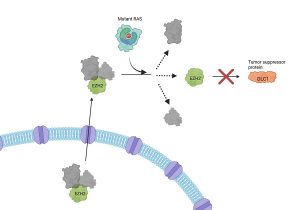Comparative Effectiveness And Cost-Effectiveness Analyses Frequently Agree On Value [Value & Quality]
The Patient-Centered Outcomes Research Institute, known as PCORI, was established by Congress as part of the Affordable Care Act (ACA) to promote evidence-based treatment. Provisions of the ACA prohibit the use of a cost-effectiveness analysis threshold and quality-adjusted life-years (QALYs) in PCORI comparative effectiveness studies, which has been understood as a prohibition on support for PCORI’s conducting conventional cost-effectiveness analyses. This constraint complicates evidence-based choices where incremental improvements in outcomes are achieved at increased costs of care. How frequently this limitation inhibits efficient cost containment, also a goal of the ACA, depends on how often more effective treatment is not cost-effective relative to less effective treatment. We examined the largest database of studies of comparisons of effectiveness and
The Patient-Centered Outcomes Research Institute, known as PCORI, was established by Congress as part of the Affordable Care Act (ACA) to promote evidence-based treatment. Provisions of the ACA prohibit the use of a cost-effectiveness analysis threshold and quality-adjusted life-years (QALYs) in PCORI comparative effectiveness studies, which has been understood as a prohibition on support for PCORI’s conducting conventional cost-effectiveness analyses. This constraint complicates evidence-based choices where incremental improvements in outcomes are achieved at increased costs of care. How frequently this limitation inhibits efficient cost containment, also a goal of the ACA, depends on how often more effective treatment is not cost-effective relative to less effective treatment. We examined the largest database of studies of comparisons of effectiveness and cost-effectiveness to see how often there is disagreement between the more effective treatment and the cost-effective treatment, for various thresholds that may define good value. We found that under the benchmark assumption, disagreement between the two types of analyses occurs in 19 percent of cases. Disagreement is more likely to occur if a treatment intervention is musculoskeletal and less likely to occur if it is surgical or involves secondary prevention, or if the study was funded by a pharmaceutical company.
SOURCE: Health Affairs current issue – Read entire story here.








